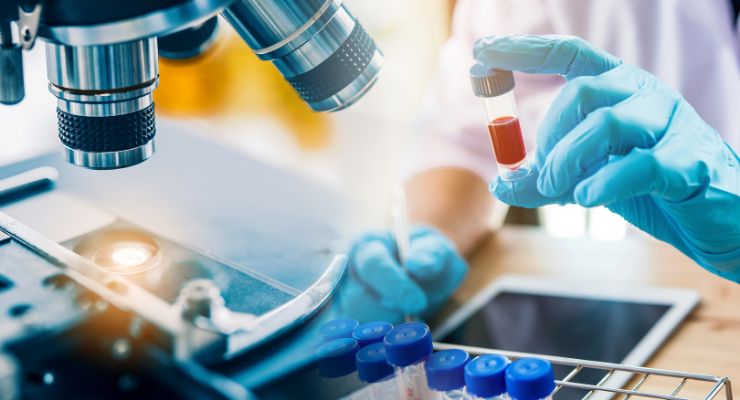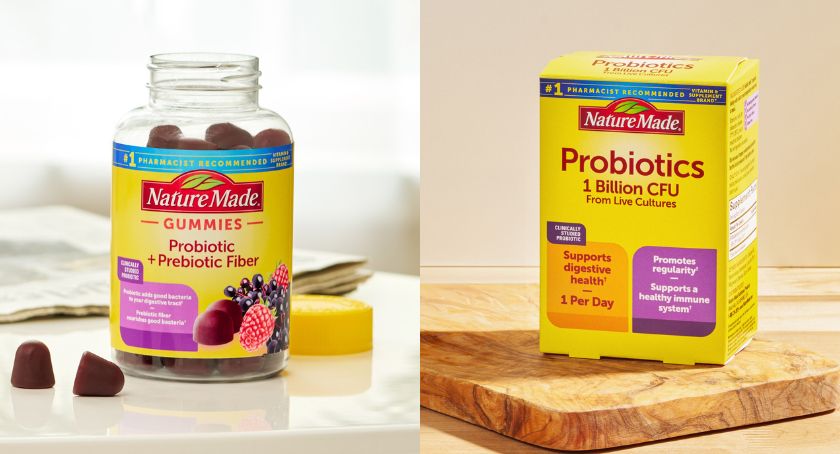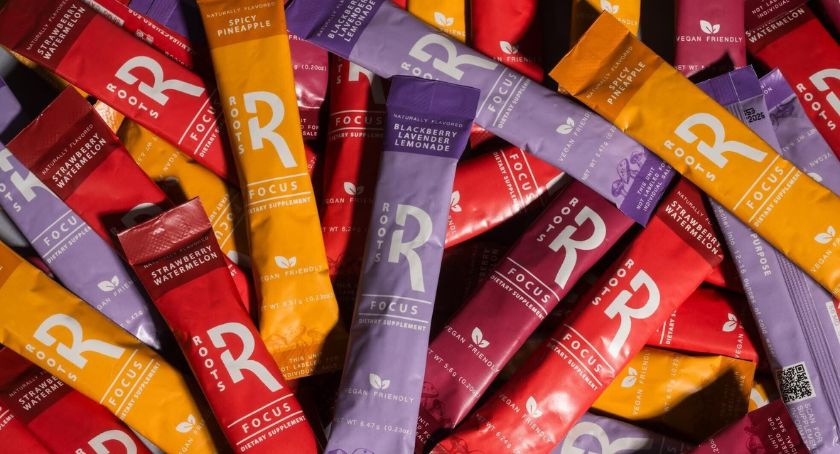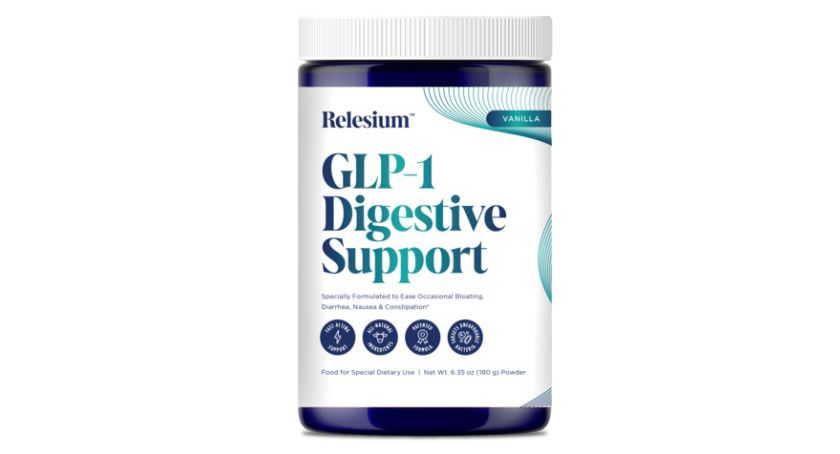Columns
New FDA Diagnostic Test Regulations and Lessons for the Dietary Supplement Industry
Can the agency better ensure product quality and safety without adding costs, stifling innovation, and constraining access to potentially beneficial products?

By: Erik Goldman

In April, the U.S. Food and Drug Administration (FDA) issued new rules aimed at revamping and strengthening the agency’s oversight of the diagnostic testing field.
Specifically, the agency is taking aim at Laboratory-Developed Tests (LDTs), which are defined as in vitro medical tests designed, manufactured, and processed by a single clinical laboratory. Many such tests are developed by clinical labs based in hospitals, for use solely within those hospital systems. But in recent years a large number of LDTs have entered the broader market, without pre-market approval.
Under prior rules established in the late 1970s, the FDA took a lenient “general enforcement discretion” approach to LDTs. This meant that tests developed by CLIA-certified labs were not subject to pre-market approval, nor to the more intensive scrutiny the agency applies to medical devices and test methods intended for widespread commercial use.
For decades, FDA has operated under the assumption that if a lab could meet the rigorous standards established by the Clinical Laboratory Improvement Act (CLIA) of 1988, then the individual tests it produced did not need pre-market scrutiny.
In practice, enforcement discretion meant the FDA only took action on LDTs when something went wrong and there was a compelling reason to do so. That strategy made sense 40 years ago when there were relatively few LDTs, and most were used within hospital silos, often for rare diseases, very specific indications, or distinct patient sub-groups.
Today, it’s a very different situation.
New Situation, New Rules
Over the last 30 years, LDTs have proliferated widely. There are now thousands of them available on the open market. But even the FDA does not know exactly how many because there is no central registry for such tests and for the labs that make and market them.For several years now, regulators have voiced concern that the enforcement discretion approach made it possible for inaccurate, fraudulent, potentially misleading tests to reach people, and in some cases, adversely affect their medical decisions.
“LDTs are being used more widely than ever before — for use in newborn screening, to help predict a person’s risk of cancer, or aid in diagnosing heart disease and Alzheimer’s. The agency cannot stand by while Americans continue to rely on results of these tests without assurance that they work,” said FDA Commissioner Robert M. Califf, MD, in a press briefing following the announcement of the new rules on April 29.
Jeff Shuren, MD, JD, director of the FDA’s Center for Devices and Radiological Health, stated that, “The FDA is aware of numerous examples of potentially inaccurate, unsafe, ineffective or poor quality in vitro diagnostics (IVDs) offered as LDTs that caused or may have caused patient harm, including tests used to select cancer treatment, aid in the diagnosis of COVID-19, aid in the management of patients with rare diseases and identify a patient’s risk of cancer.”
The CDRH oversees medical devices, diagnostic tests, and radiation-emitting medical and non-medical appliances, and will be responsible for implementing the new LDT regulations.
Hmm … lax regulation … no pre-market approval … haphazard enforcement of old and inadequate statutes … a flood of potentially fraudulent and even dangerous products … absence of a central registry … does any of this sound familiar?
While the status of dietary supplement regulation is not directly analogous to that of LDTs, the two situations are similar enough that supplement industry executives as well as healthcare professionals who use diagnostic tests and supplements, ought to be paying close attention.
The details of the FDA’s new LDT statute and the ways that it will implement the new regulatory framework over the next 5 years could provide insight — and perhaps some cautionary tales — about how the agency could end up handling the supplements space.
Dx Tests Are ‘Devices’
Under the new rule, FDA has formally and explicitly classified LDTs, along with all types of IVDs, as devices under the federal Food, Drug & Cosmetic Act. Going forward, this means LDTs will be subject to the tighter regulatory requirements applied to all other IVDs, and to medical devices in general. In practical terms, this means:- Pre-market review;
- Requirements for adverse event reporting;
- Product registration;
- Device listing;
- Adherence to labeling requirements;
- Investigational use requirements; and
- Quality system requirements.
“Currently there is no national monitoring or reporting of problems with LDTs, or a database of all the LDTs being used in the U.S., meaning no one truly knows exactly how many of these tests are out there or who makes which one, let alone which tests have a concerning number of issues such as inaccurate results,” Shuren said.
“As a result of the FDA’s action, for the first time, patients and providers will have a more comprehensive database of available IVDs, including LDTs, and important information about those tests to better inform their decision-making.”
A Balancing Act
FDA holds that tighter test regulations will be a big win for clinicians and their patients. “Increased compliance with device requirements … will put patients and health care providers in a better position to have confidence in IVDs regardless of where they are manufactured,” said Kristina Wieghmink, a communications officer with the CDRH.But things like regulatory compliance and pre-market approval cost money. In seeking to strengthen oversight of LDTs, FDA faces a big challenge: how to address the perceived need to protect the public without raising costs, squelching innovation, or rendering useful tests inaccessible.
Under the new rule, FDA will phase out its old general enforcement discretion system over a 4-year period, while simultaneously phasing in the new requirements such as pre-market review and establishment of the central LDT registry.
The regulations will ultimately apply to all LDTs currently on the market, as well as new ones now in development. But during the initial phase-in, tests that were already available prior to May 1, 2024 will remain under the old general enforcement standards, to give labs and manufacturers time to comply.
FDA said the stepped phase-in is intended to avert the possibility thatpatients — especially those with rare diseases — would be suddenly “deprived of critically needed LDTs.” The phase-in will give labs time “to identify any problems with their LDT and may help inform appropriate use and interpretation of such LDTs.”
The means by which FDA will enforce the new regulations, and the full scope of the new rules remains to be seen. Wieghmink, in the FDA’s communications office, said the agency already has much of what it needs to get started.
“The FDA already has a process and database for establishment of registration and device listing, and there is no need to establish a new ‘registry’ for LDTs,” she said in an interview. Guidelines for labeling requirements on IVDs already exist. “Given the existing statutory and regulatory framework, there is no need to establish a new system for LDT review and regulation.”
What About Functional Medicine Tests?
Of concern for holistic and functional medicine practitioners is the question of whether tests like stool analysis, nutrigenomic tests, serum nutrient measurements, and single-nucleotide polymorphism (SNPs) tests will be affected by the new regulation.These tests are not truly “diagnostic” in the strict sense, since most are not used to diagnose specific diseases. Rather, they provide health status information, clues about metabolic imbalances, or predilections for disease states. Many such tests are LDTs that have been developed by the labs that market them, and most have not undergone FDA review prior to entering the market.
Though the agency would not comment specifically about whether or not the new rules will apply to these types of tests, it is a safe bet that they will.
James McKinney, a press officer with the FDA told me that the agency defines In Vitro Diagnostics as “tests done on samples such as blood or tissue that have been taken from the human body” and used to, “detect diseases or other conditions, and can be used to monitor a person’s overall health to help cure, treat, or prevent diseases.”
The new requirements apply to tests “used to measure or detect substances or analytes, such as proteins, glucose, cholesterol or DNA, to provide information about a patient’s health, including to identify, monitor or determine treatment for diseases and conditions.” That description covers a wide range of tests, and based on it, one can safely assume many tests used by functional medicine practitioners will come under greater scrutiny.
But the FDA stressed that these regulations are “focused on the tests themselves and those who manufacture them, not on an individual physician’s use of the tests.” The rule does not indicate compliance requirements, liabilities, or penalties of any sort for practitioners.
The Shadow of Theranos
Underscoring the rationale for strengthening regulation of LDTs, Califf noted that the risks associated with current LDTs are far greater than they were when FDA adopted its enforcement discretion approach back in the 70s.But some industry observers contend that it was really the Theranos debacle of 2015 that drove the agency to double down on regulation of diagnostics.
Theranos was a “disruptive” diagnostic testing company founded by Elizabeth Holmes, a whiz-kid Stanford-trained biotech entrepreneur. It claimed that its state of the art “lab on a chip” technology could provide more than 200 diagnostic and health-risk tests — everything from detection of Herpes simplex to assessing proper warfarin dosages — from tiny amounts of blood, at greatly reduced cost.
The company became a darling of the Silicon Valley VC/PE crowd. At its peak it was valued at roughly $10 billion, and had developed huge partnerships with Safeway, the Cleveland Clinic, and several large health insurers.
Theranos’ downfall began in February 2015, when John Ioannidis, MD, a physician-researcher also affiliated with Stanford, alerted the Journal of the American Medical Association that there was no evidence in peer-reviewed journals to substantiate Theranos’ claims. This prompted an investigative report by John Carreyrou in the Wall Street Journal, alleging widespread fraud.
Fast-forward several years, and an investigation by the Securities Exchange Commission (SEC) resulted in a total shutdown of the company. Holmes, and co-founder Sunny Balwani were convicted of multiple counts of fraud, and both are serving long prison sentences.
Most of Theranos’ tests were LDTs.
Some advocates for greater regulation hold that the FDA’s lax handling of LDTs is what allowed Theranos’ dodgy tests to remain on the market for so long.
Joe El-Khoury, PhD, director of the clinical chemistry laboratory at Yale, believes the Theranos saga was, indeed, a black eye for the FDA. Yet he doubts whether the sort of regulatory framework implied by the FDA’s new rules would have prevented Theranos’ spectacular fraud.
In an article published by Yale last February, El-Khoury was quoted saying, “The FDA claims that if it regulated LDTs, Theranos wouldn’t have happened — but that’s not true. The agency approved one of its blood tests [for herpes simplex 1], and it’s even still listed under the approved category,” he explained. “What brought down Theranos was [revocation of] CLIA [certification] and investigative journalism.”
Bill Beakey, co-founder and director of Professional Co-op Laboratory Services, which provides medical professionals with access to a wide range of conventional and “alternative” clinical tests, called the Theranos calamity “a total failure of oversight.”
Beakey said it is high time for greater scrutiny of the testing field. He is especially concerned about the proliferation of companies that sell clinical tests that lead to “repletion” recommendations for supplements that the company also sells.
He also sees a major problem with the largely unchecked reselling of medical tests directly to consumers. Online vendors have devised schemes that allow “just about anyone to sell blood tests to just about anyone else.”
He said labs will “develop a relationship with, or employ, a doctor who “signs” requisitions and then, in one way or another, sell them to an unlicensed “affiliate” for resale to the public. Some platforms allow these resellers to add a commission if the patient is paying the company directly. The only real relationship between the doctor, affiliate, and patient involves the transfer of money.”
But Beakey also expressed doubts about the FDA’s actual ability to clean up the diagnostic testing space. “FDA’s track record for protecting the public is a dubious one. My concern is that they will selectively go after tests that impact profits of favored corporations, regardless of their usefulness.”
Potential Cost Burdens
Prior to issuing its final LDT rules in April, the FDA received “a large volume of comments” on the notice of proposed rule-making issued earlier this year. Many of the commentors vigorously opposed the FDA’s move.The American Hospital Association was a particularly strong opponent, claiming that the new rules will impose burdensome costs and hassles upon hospital-based labs that develop or have developed useful tests.
“While we support the need for additional oversight of the development and use of some LDTs and in-vitro diagnostics (IVDs) offered as LDTs, the FDA’s proposal to apply its device regulations to hospital and health system LDTs is misguided,” the AHA stated in a letter to FDA Commissioner Califf last December.
“These tests are not devices — they are diagnostic tools developed and used for essential patient care. Regulating LDTs under the FDA’s device regulatory framework could cause patients to lose access to many critical tests and stifle innovative advances in hospital and health system laboratory medicine.”
The AHA, which has nearly 5,000 member hospitals, contends that the process for FDA review and approval of a single medical device takes up to 8 months, and costs anywhere from $20,000 to over $441,000. Some large hospital system labs offer upward of 1,600 individual LDTs. If the labs need to submit each of these tests for pre-market approval as “devices,” the costs would be staggering.
If the regulations are implemented in their broadest interpretation, the sheer cost of obtaining pre-market review and approval would “lead to tough choices about which LDTs hospitals could continue to offer and restrictions on how they can adapt their diagnostic testing to care for patients,” the AHA statement said.
Not surprisingly, the American Clinical Laboratory Association has also objected strongly. Like AHA, this trade group contended that the new rules will raise costs to the point that many tests will no longer be economically viable. Patients, ACLA argued, will be the big losers.
Cautionary Tales
From a regulatory perspective, there are many parallels between LDTs and supplements.As with LDTs, the FDA and many policymakers view the supplement industry as a poorly regulated sector plagued by questionably effective and potentially fraudulent products boasting bold health claims, and sold freely without pre-market approval.
Similar to LDTs, there’s no central federal registry covering all supplements, their manufacturers, their constituent ingredients, their labeling information, and their claims. This is something the FDA intends to rectify. But as we all know, calls for Mandatory Product Listing (MPL) have met with mixed and contentious responses from industry trade groups and thought leaders.
Though the industry is regulated under the Dietary Supplements Health and Education Act (DSHEA) of 1994, enforcement is at the discretion of the FDA and FTC, and over the years, it has been inconsistent at best. Though there has not (yet) been a case of supplement fraud as egregious as Theranos, one need not look very hard to find examples of poorly made products, adulterated ingredients, and false or misleading claims.
Many outside the industry, and even a lot of insiders, believe some sort of regulatory revision is needed. DSHEA is 30 years old, and was established at a time when the supplement field was far smaller and far less ubiquitous than it is now.
Efforts to re-regulate supplements will inevitably run into the same conundrum as the drive to regulate LDTs: how to ensure quality and safety without adding burdensome costs, killing innovation, and constraining the public’s access to potentially beneficial products?
The FDA’s new plan for oversight of LDTs could provide some important lessons for the supplement industry and for practitioners who use and recommend these products. Pay attention!
About the Author: Erik Goldman is co-founder and editor of Holistic Primary Care: News for Health & Healing, a quarterly medical publication reaching about 60,000 physicians and other healthcare professionals nationwide.




















